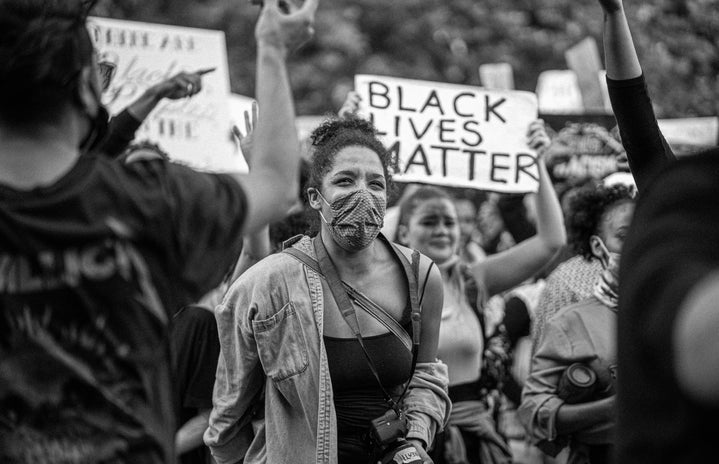As the world finds itself on the heels of January, we approach the year’s dually most controversial and activism-filled month: February. In this new age of Instagram infographics, the social media’s explore page has been filled with who can provide the hottest take, outlined with an array of fancy fonts laid over artistic backgrounds with goals to educate the reader on issues on justice. Social media has been a hub in which we are able to share the grief and shock in the aftermath of life-altering events. People are forced to ask themselves the tough questions regarding white privilege and systemic racism.
These infographics are mostly useful but during Black History Month, it begs the question: are these pieces of information helping our cause as Black people in today’s society or does it simply lend itself too easily to multitudes of preformative activism?
As a young, Black woman who is involved in her community, I see it much too often — people who post infographics on their story and tell themselves that they’ve done enough. I must admit, I’ve posted my fair share of slides to my own Instagram story. However, there is one key difference. Infographics provide the absolute base level and rudimentary understanding of the subject that is being discussed. This ties directly back into these levels of performative activism — boiling down complicated and tenuous issues into a couple of slides on an Instagram post is exactly what enables these “activists” to continue doing what they’re doing. Stemming from these infographics, we are supposed to take it upon ourselves to do further research that will help us better understand the issue in which we are being presented with. Infographics that push us to do more external research is what is ultimately the most helpful.
Competing in who can be the “wokest” is a symptom of performative activism that comes at the cost of meaningful discourse. Educating ourselves on justice, whether it be political, racial or economic but it is absolutely critical that every infographic is approached with a healthy and meaningful dose of critical thinking and skepticism. Remember, just because an Instagram post has a pastel background and compelling graphic design does not mean it holds additional weight or credibility.
This is the first Black History Month we’ve celebrated since the death of George Floyd, Breonna Taylor, Rayshard Brooks, Elijah McClain and other young Black lives that weren’t important enough to make its way through the news cycle.
As Angela Davis said, “In a racist society, it is not enough to be non-racist, we must be anti-racist.” Posting a daily infographic on your story to signify to others that you are simply “doing your part” is NOT being anti-racist. It’s a cop out — you’re designating yourself as non-racist. We must, as a society, do more than repost an image that you just so happened to see on your explore page. Although they do educate in some areas, we must fight for justice in the areas they do not. The latter is our responsibility.



